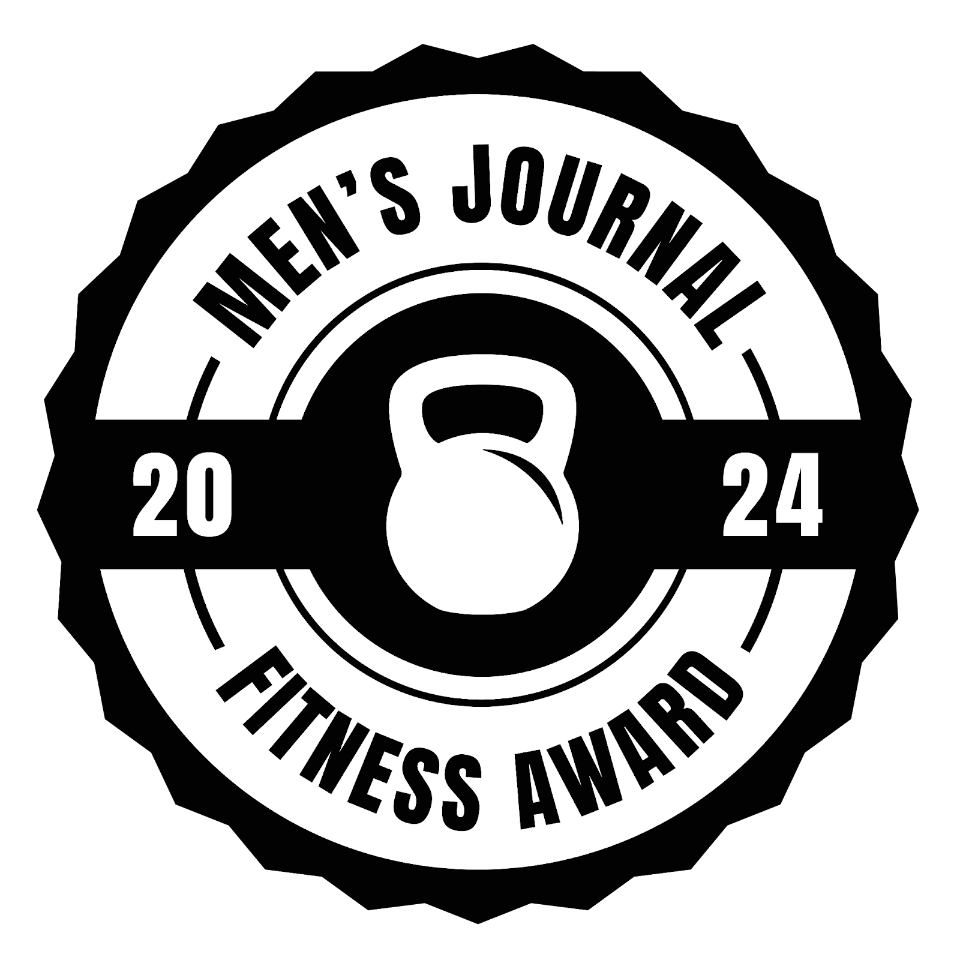Why Hydration Matters for Daily Health
Hydration powers everything you want your body and mind to do—from stable energy and clear thinking to strong workouts and faster recovery. Most people only think about hydrating when they feel thirsty, but thirst is a lagging indicator. By the time you notice it, you’re already mildly dehydrated, and performance has dipped.
Your brain and muscles run on fluid balance. Every thought, contraction, and heartbeat depends on water and electrolytes working in sync. Lose even a small percentage, and focus fades, endurance drops, and recovery slows.
The tricky part? You’re losing fluids all the time—through sweat, breath, and even dry indoor air. Heat, altitude, long hours, and hard training all speed up those losses. Whether you’re exercising, traveling, working outdoors, or just juggling a demanding day, hydration needs add up faster than most people realize.
Good hydration is proactive, not reactive. This guide breaks down the science of fluid balance, shows you how to spot early dehydration, and gives you simple, practical ways to stay ahead, so staying hydrated becomes second nature.
Hydration Basics: Water Balance + Electrolytes
Hydration 101 starts with understanding balance—how water and electrolytes like sodium, potassium, magnesium, and chloride work together to regulate fluid levels, nerve signaling, and muscle function. Without the right electrolyte mix, water can’t move efficiently across cell membranes, and your body won’t hold onto it where it matters.
Sodium is the primary electrolyte lost in sweat, which is why rehydrating with sodium electrolytes is so important. It’s also why the sodium content in high-quality electrolyte drink mixes matters—but more on that later.
Sodium plays a central role in fluid absorption in the small intestine and helps you retain the fluids you drink. Potassium supports muscle function and cellular fluid balance. Magnesium participates in hundreds of enzymatic reactions and can influence muscle relaxation. When the mix is right, you hydrate more effectively. When it’s off—too little sodium, too much plain water, or low intake during heavy sweating—your hydration can fall behind quickly.
Signs of Dehydration: Early vs. Severe Symptoms
When your body loses more fluids and electrolytes than it takes in, dehydration sets in. Even mild dehydration can affect focus, mood, and physical performance, while more significant losses quickly impact circulation and temperature control. Recognizing it early helps you correct it before it interferes with how you think and perform.
Early signs often include thirst, dry mouth, less frequent urination, darker urine, mild headache, and a drop in energy or focus. You might feel a little flat during a workout or notice more effort for the same pace. Heat can amplify these signals.
Moderate to severe signs include rapid heartbeat, dizziness, confusion, muscle cramps, nausea, and very dark or minimal urine. In hot environments or during intense exercise, dehydration can escalate fast. If symptoms are severe, stop activity, move to a cool place, and seek medical care.
Tracking patterns helps. If you consistently hit an afternoon slump, wake up feeling parched, or cramp during long sessions, that’s a clue your baseline hydration strategy needs attention. In such cases, you might want to consider adding an electrolyte drink mix into your routine.
Daily Hydration Needs: How Much Water Do You Need?
There isn’t a single magic number that fits everyone’s daily hydration needs. Fluid needs vary with body size, sweat rate, activity, altitude, temperature, humidity, and diet. A practical baseline is to spread your intake throughout the day rather than “catch up” at night. Here’s a simple, real-world approach:
-
Build a morning base. Start your day with a glass of water to replace overnight losses.
-
Drink with meals and snacks. Pairing hydration with routines you already have makes it easier to stay consistent.
-
Use your urine color as a guide. Pale straw means you’re on track; very clear can signal you’re diluting electrolytes, and dark yellow means you need more fluids.
-
Match fluids to output. On training days or long shifts, plan extra fluid and electrolyte intake before, during, and after activity.
Understanding your daily hydration needs is one part of the equation. The other is cutting through the noise. With so much advice out there, it’s easy to follow habits that sound healthy but don’t actually support effective hydration. Let’s clear up some of the most common misconceptions.
Hydration Myths: Debunking Common Misconceptions
If you’ve ever felt overwhelmed by conflicting advice about how much to drink, you’re not alone. Hydration science is simple, but the myths around it aren’t. Before you fine-tune your routine, let’s separate fact from fiction.
Myth 1: Water alone is always enough. During light activity in cool conditions, water may be fine. During longer workouts, heat, or heavy sweating, you lose sodium and other electrolytes. Replacing those helps your body absorb and retain the water you drink.
Myth 2: Cramps are only from low potassium. Cramps can stem from several factors, including fatigue and sodium loss. Potassium plays a role, but it’s only one piece of the hydration puzzle.
Myth 3: You only need electrolytes if you’re an elite athlete. Anyone who sweats significantly, works in hot environments, travels, or gets sick with fluid losses can benefit from strategic electrolyte use.
Myth 4: Hydration is just for summer. Winter air is often dry, sweat evaporates faster, and heavy layers increase sweat losses. Hydration matters year-round.
Myth 5: Chugging a big bottle before a workout solves it. Your gut absorbs fluids best in steady amounts. Start earlier, sip during, and top up after.
Myth 6: Eight glasses a day fits everyone. It’s a starting idea, not a rule. Needs change daily.
Myth 7: Clear urine equals perfect hydration. Persistently clear can indicate you’re diluting electrolytes and flushing out more than your body needs. Aim for pale yellow, but not colorless.
Myth 8: Caffeine dehydrates you. Coffee and tea count toward daily fluids for regular consumers. Very high doses can be mildly diuretic, but moderate intake hydrates overall.
Cutting through the myths is only half the story. Real results come from a system of simple, repeatable habits that keep you hydrated whether you’re training, traveling, or grinding through long days.
Practical Hydration Tips: Habits, Foods, Reminders, Electrolytes
Now that you know what doesn’t work, let’s focus on what does. Building strong hydration habits is about small, consistent actions that make fluids—and electrolytes—a natural part of your day.
Daily Anchors
Start with a glass of water when you wake up to rehydrate from overnight losses. Keep a bottle at your workstation or in your bag so fluids are always within reach. Pair hydration with meals and snacks to make it a routine, and set a simple reminder on your phone or watch if afternoons tend to slip by. Over time, these low-effort cues turn hydration into an automatic habit.
Training and Long-Day Playbook
Before long workouts or demanding days, preload smart. Drink fluids with electrolytes about an hour or two before activity to start topped up. During exercise or heat exposure, sip consistently, especially if you’re sweating heavily. Small, frequent sips beat big gulps for absorption and comfort. Afterward, rebuild what you lost with fluids, electrolytes, and a balanced meal that includes protein and complex carbs to support recovery.
Foods That Help
Water-rich fruits and vegetables like watermelon, oranges, berries, cucumbers, and leafy greens can meaningfully boost your daily fluid intake. They also supply potassium and magnesium—electrolytes that work alongside sodium to regulate muscle function, nerve signaling, and fluid balance.
Environment adjustments
Your hydration needs shift with your surroundings.
-
In heat, increase fluid and electrolyte intake and plan more shade and rest breaks.
-
At altitude, drink more than you think and include electrolytes; dry air and breathing rate increase losses.
-
During air travel, bring a reusable bottle and plan an electrolyte serving mid-flight and after landing.
No matter your environment or routine, the goal is the same: steady, balanced hydration that matches what your body needs throughout the day.
When Electrolytes Are Needed: Exercise, Heat, Illness, Travel
Sometimes water alone can’t keep up. When sweat losses rise, conditions get extreme, or your body’s under stress, electrolytes help maintain balance and fluid absorption.
Exercise and sport
If your workout extends beyond an hour, runs hot, or involves high sweat rates, water alone often falls short. Electrolytes help maintain plasma volume, sustain performance, and reduce the risk of cramping. For tournaments, long runs, or back-to-back sessions, plan electrolytes before, during, and after.
Outdoor work and heat
Jobs in the heat or long days outside mean sustained sweating. Electrolytes replace sodium losses and support safer fluid balance. Structure intake by time blocks. Top up before a shift, sip every 15–20 minutes, and finish with a post-shift serving.
Illness and recovery
Fever, vomiting, and diarrhea increase fluid and electrolyte losses. During recovery, small, frequent sips of electrolyte fluids can be easier on the stomach and more effective than plain water alone. If symptoms are severe or prolonged, seek medical care.
Travel, altitude, and dry air
Airplanes and high elevation can be deceptively dehydrating. Use electrolytes on travel days and the first couple of days at altitude to help adjust. You’ll feel the difference in energy and sleep quality.
Choosing The Right Electrolyte Drink Mix
If you’re wondering what the best way to stay hydrated throughout the day is, consider DripDrop—proven, fast hydration trusted by the pros to deliver when it matters most.
DripDrop is a doctor-developed electrolyte powder built on 60 years of oral rehydration science. With 3x the electrolytes and ½ the sugar of the leading sports drink, it activates your bodies natural hydration shortcut—the sodium-glucose cotransport system—hydrating you faster and more effectively than water alone. It’s designed to help you quickly and effectively replace what’s lost during training, heat, travel days, outdoor work, and recovery. With a balanced electrolyte profile and great taste, it makes consistent hydration easier to stick with.
For those looking for a sugar-free option, DripDrop Zero Sugar offers fast sugar-free hydration with added vitamins, including B, C, and zinc for wellness support.
Quick Hydration Questions, Answered
What’s the best drink for hydration?
It depends on your context. For everyday, low-sweat situations, water with meals works well. When you’re sweating, in heat, at altitude, traveling, or recovering from illness, an electrolyte drink mix like DripDrop can help you absorb and retain fluids more effectively.
How much water should I drink daily?
Start with a morning glass, drink with meals, and add fluids around activity. Use urine color and how you feel as guides. On heavy training days or hot days, you’ll need more. Spread it out and include electrolytes.
Is water enough for hydration?
Sometimes, yes. But when sweat losses rise or the environment is challenging, you lose electrolytes along with water. Replacing them helps you hydrate better than water alone.
When do I need electrolytes vs. water?
Use electrolytes for exercise over an hour, hot or humid conditions, high sweat rates, travel days, altitude, and during illness with fluid losses. Use water for light activity in cool conditions and with meals.
Smart Hydration Starts Here
Hydration is a daily practice that powers energy, focus, and performance. A balanced diet and steady water intake lay the foundation, but when you’re pushing harder, your body needs more. That’s where DripDrop comes in—doctor-developed, fast, and trusted by 90% of top pro and collegiate sports teams. When the day demands more from you, reach for the proven hydration that helps you rise to it.














